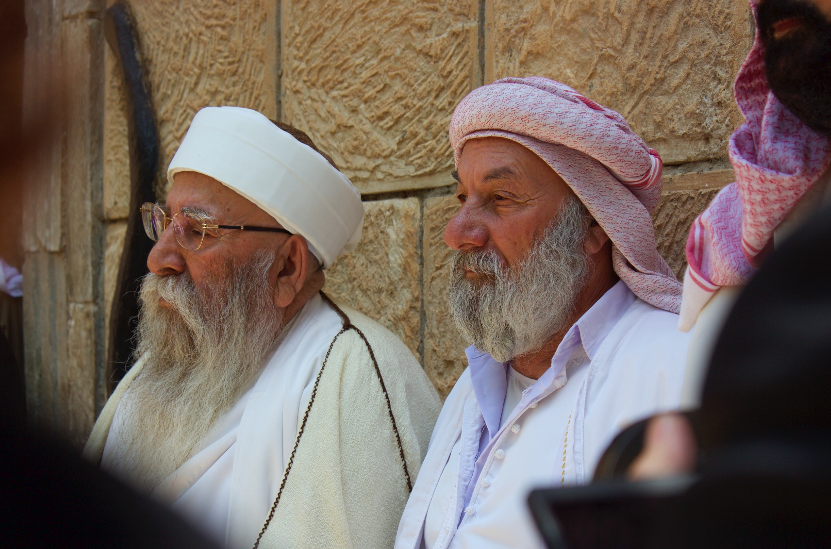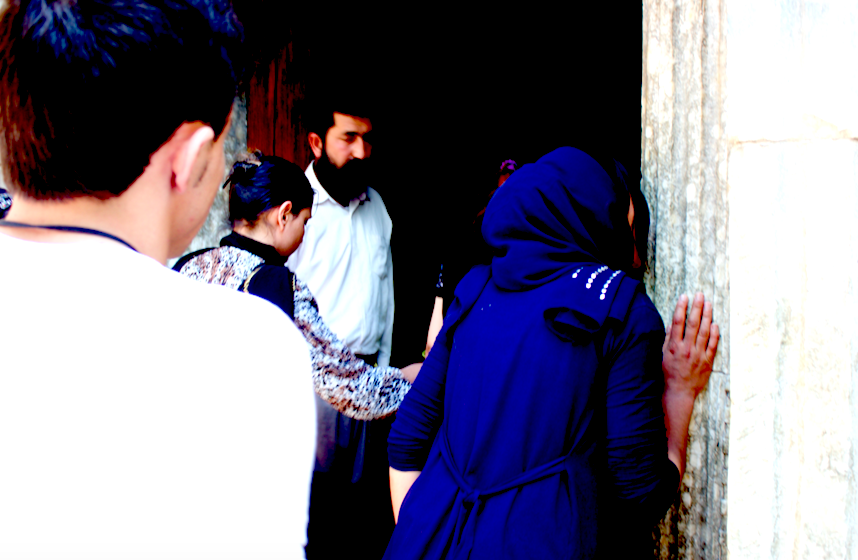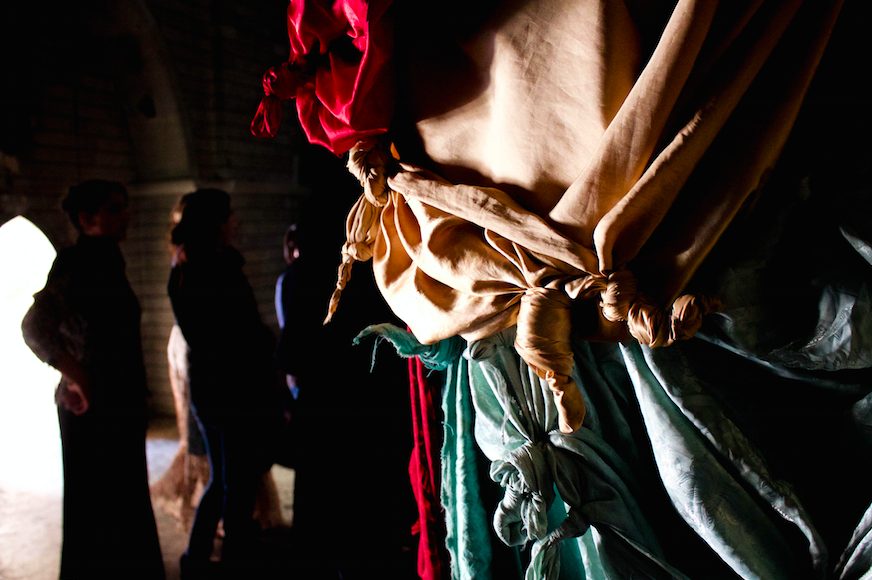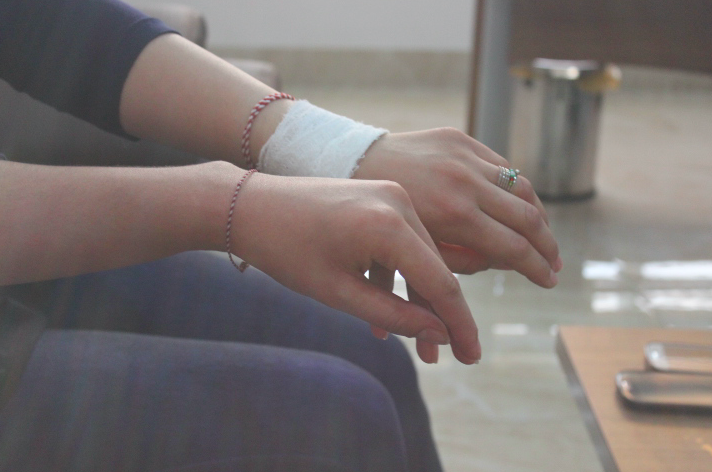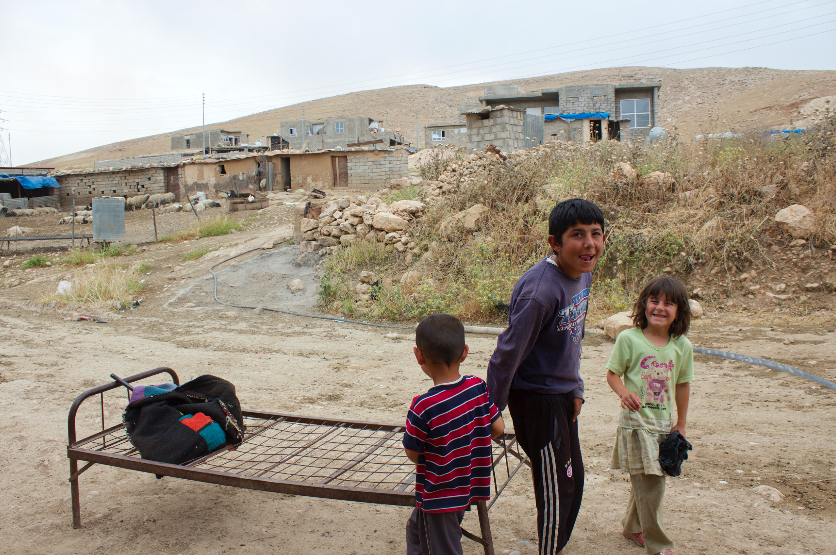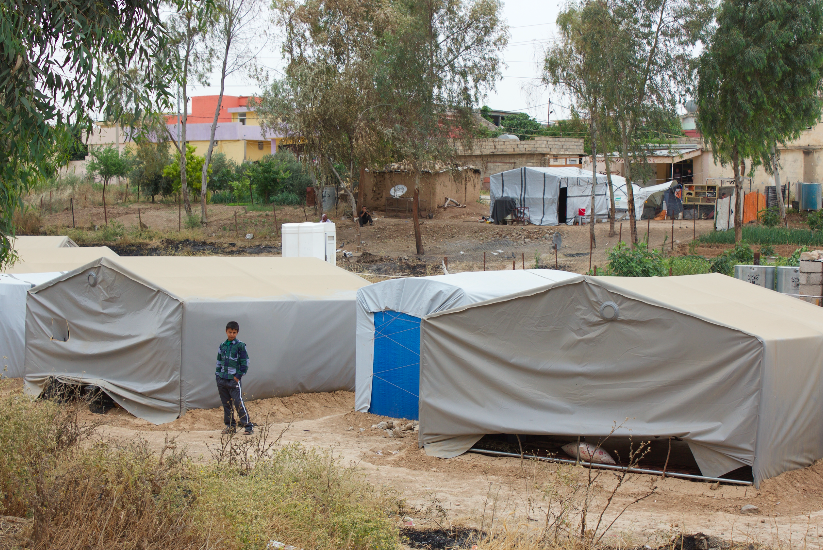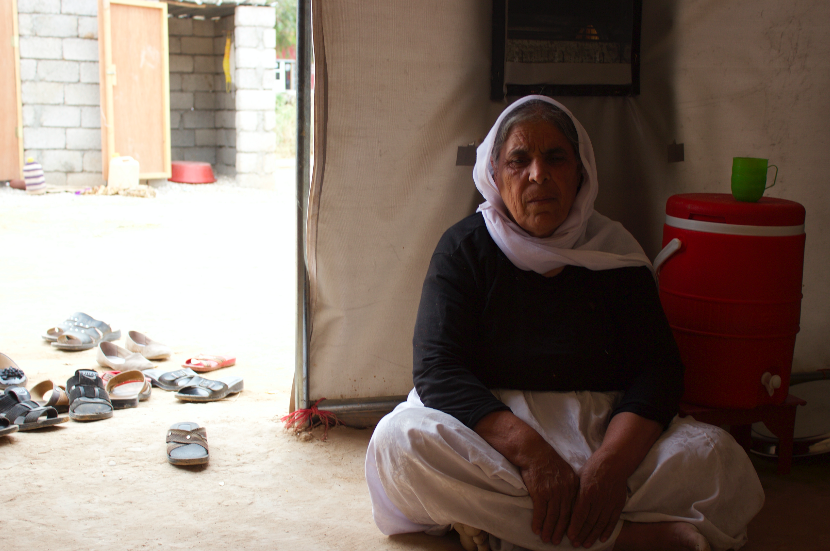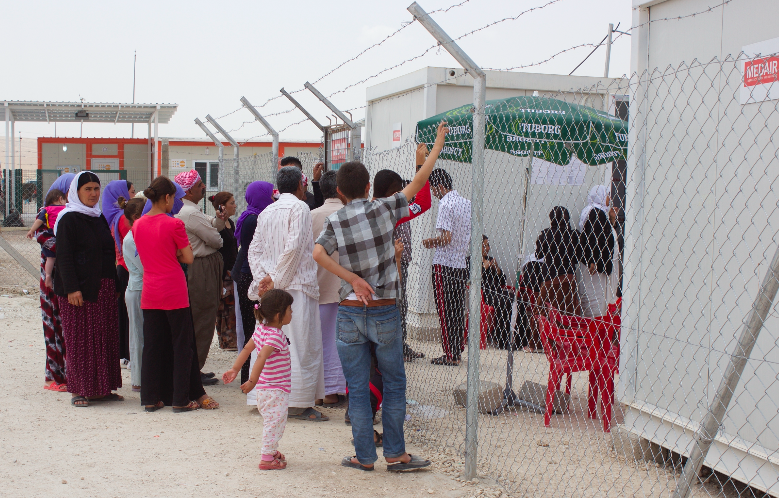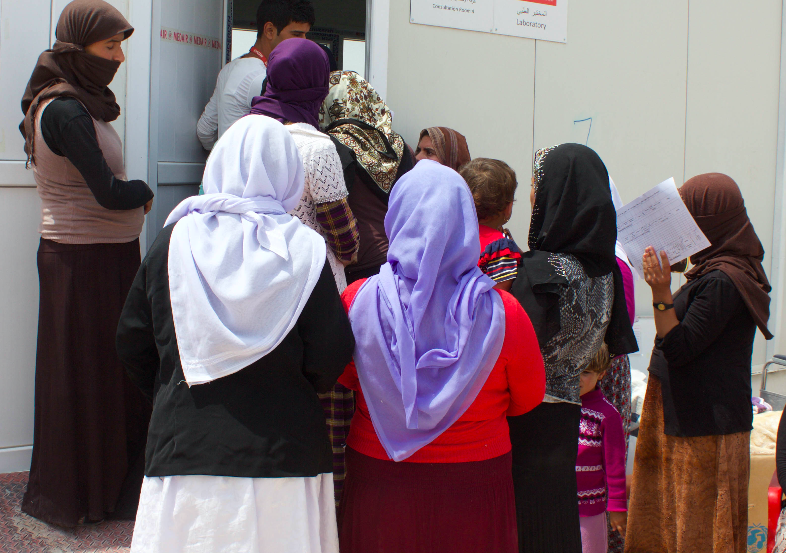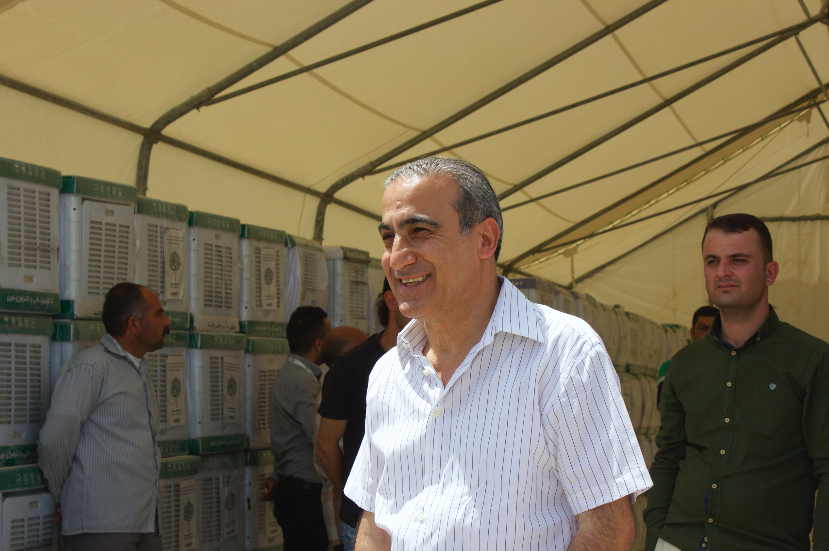July 05, 2015 | Pulitzer Center
By
Emily Feldman
Last summer ISIS set out to eliminate a religion that has existed in northern Iraq since at least the 12th century. ISIS fighters methodically hunted down practitioners of the Yazidi faith, dumping their corpses into mass graves. Others were enslaved or forced to convert, as many of their holiest shrines—which have stood through countless wars—were rigged up with explosives and destroyed. But ISIS did not succeed. Tens of thousands of Yazidis fled the slaughter, with ISIS at their heels. A year later they are still in crisis. But they are resilient and—even in the face of impossible circumstances—managing to slowly move on. Here, images of a community trying to heal.


